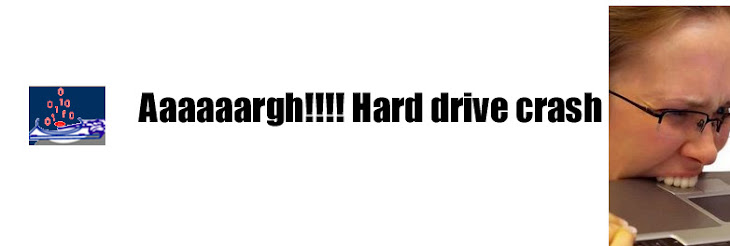Corrupted file may be a result of a virus attacks. These viruses change the file structure of the file. The virus may either cause damage to the file in that when you try to open the file, you will only be able to see half of it. In a case where the file is corrupted, the file displays characters that are impossible to read. One way of curing your files is either replacing the file from a back up, or running a virus scan to neutralize the virus. In most cases the anti-virus will delete the attacked file. if the file happened to be an application file, it may not install as the setup files with an exe extension will have been deleted. This suggests that back up is the only preferable means of curing corrupted files.
Formatting the disk is also a good option only if you have a good source of backup. Formatting gets rid of the entire file and retrieving them is impossible. The only means to retrieve data from a formatted disk drive is by performing a disk recovery.
Corrupted files may also be brought by installing scripts that are harmful to your system. These scripts may either be for tracing credit card information or collecting all your passwords. Windows will flag these scripts as spyware. Spywares are coded to gain access to your files; this means if your files are coded to protect any reader, the scripts will change your file so as to be able to retrieve the information encrypted thus corrupting the file structure.
Hardware failure brought about either by dropping your disk can result lead to corrupting your files. The system may automatically alt or freeze while you are working on your data. If you can’t save your information while the computer is frozen, then your files will close informally creating errors that will definitely corrupt your files. Always backup your data, in situation where data is not impossible to regenerate from the backup, head to any recognized data recovery company and get your data recovered.
Call +254 725 050728 for affordable data recovery
Subscribe to:
Post Comments (Atom)

No comments:
Post a Comment